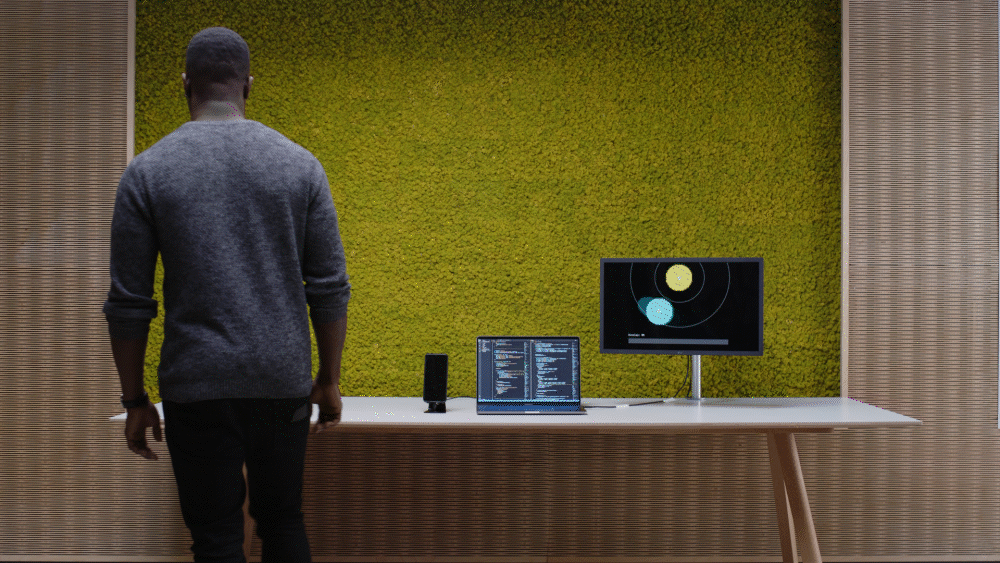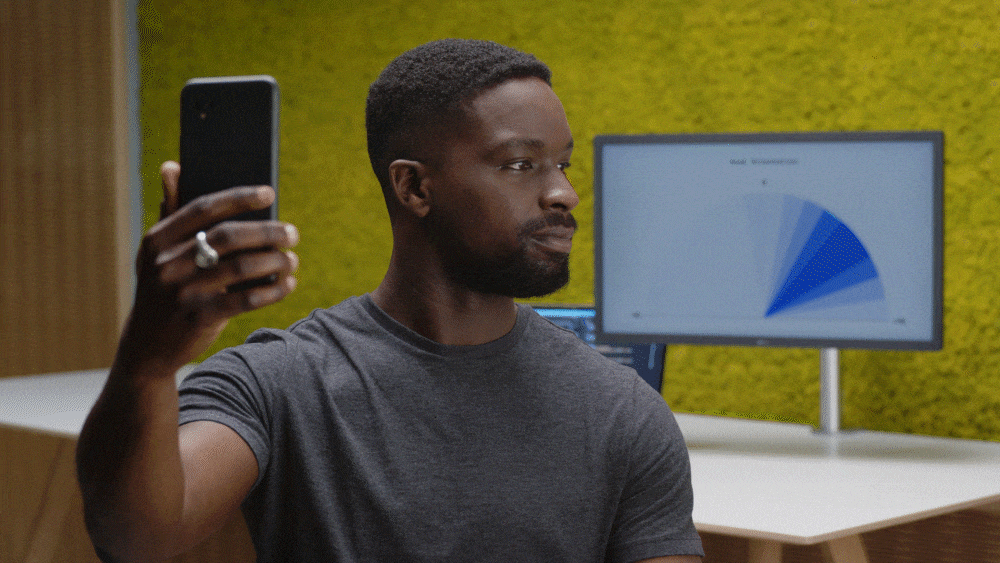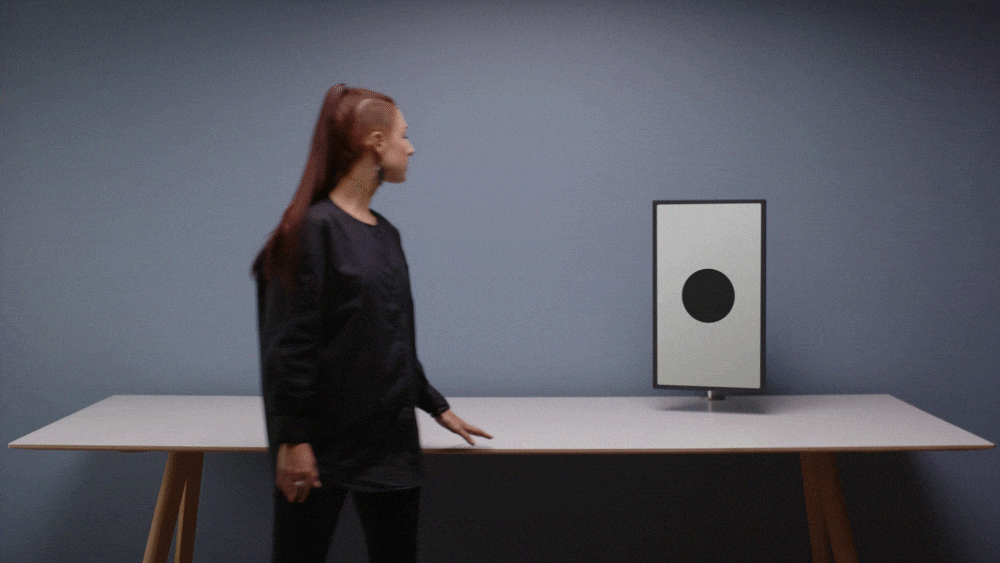WHAT IF YOUR pc determined no longer to blare out a notification jingle due to the fact it observed you weren’t sitting at your desk? What if your TV saw you go away the couch to answer the front door and paused Netflix automatically, then resumed playback when you sat returned down? What if our computer systems took greater social cues from our movements and learned to be more thoughtful companions?
It sounds futuristic and possibly greater than a little invasive—a laptop staring at your each move? But it feels much less creepy once you analyze that these technologies don’t have to count number on a digital camera to see where you are and what you are doing. Instead, they use radar. Google’s Advanced Technology and Products division—better regarded as ATAP, the department in the back of oddball projects such as a touch-sensitive denim jacket—has spent the previous yr exploring how computers can use radar to understand our needs or intentions and then react to us appropriately.
This is now not the first time we’ve got seen Google use radar to provide its devices with spatial awareness. In 2015, Google unveiled Soli, a sensor that can use radar’s electromagnetic waves to choose up precise gestures and movements. It was once first viewed in the Google Pixel 4’s potential to discover simple hand gestures so the consumer could snooze alarms or pause track except having to bodily contact the smartphone. More recently, radar sensors have been embedded inside the second-generation Nest Hub clever display to detect the movement and breathing patterns of the person dozing next to it. The gadget used to be then in a position to song the person’s sleep without requiring them to strap on a smartwatch.
The identical Soli sensor is being used in this new round of research, but as a substitute of using the sensor input to at once control a computer, ATAP is instead using the sensor information to enable computers to apprehend our day-to-day actions and make new types of choices.
“We trust as science becomes more current in our life, it is honest to begin asking science itself to take a few more cues from us,” says Leonardo Giusti, head of plan at ATAP. In the equal way your mom may remind you to seize an umbrella earlier than you head out the door, perhaps your thermostat can relay the identical message as you stroll previous and glance at it—or your TV can decrease the volume if it detects you’ve fallen asleep on the couch.
Radar Research
A human entering a computer’s personal space. COURTESY OF GOOGLE
Giusti says much of the research is based on proxemics, the study of how people use area around them to mediate social interactions. As you get nearer to any other person, you anticipate accelerated engagement and intimacy. The ATAP group used this and other social cues to set up that people and units have their personal ideas of private space.
Radar can become aware of you transferring closer to a laptop and coming into its personal space. This would possibly suggest the computer can then select to operate positive actions, like booting up the display screen except requiring you to press a button. This kind of interplay already exists in modern Google Nest smart displays, even though rather of radar, Google employs ultrasonic sound waves to measure a person’s distance from the device. When a Nest Hub notices you are transferring closer, it highlights modern reminders, calendar events, or different necessary notifications.
Proximity alone isn’t enough. What if you simply ended up taking walks previous the computer and looking in a specific direction? To solve this, Soli can seize higher subtleties in moves and gestures, such as physique orientation, the pathway you would possibly be taking, and the route your head is facing—aided by way of computer learning algorithms that further refine the data. All this wealthy radar records helps it better guess if you are certainly about to start an interaction with the device, and what the kind of engagement may be.
This multiplied sensing came from the team performing a series of choreographed tasks within their personal dwelling rooms (they stayed home during the pandemic) with overhead cameras monitoring their movements and real-time radar sensing.
”We have been capable to go in distinct ways, we performed specific variants of that movement, and then—given this was once a real-time machine that we had been working with—we were able to improvise and sort of build off of our findings in real time,” says Lauren Bedal, senior interplay clothier at ATAP.
Bedal, who has a background in dance, says the system is pretty comparable to how choreographers take a simple movement idea—known as a movement motif—and discover versions on it, such as how the dancer shifts their weight or changes their body position and orientation. From these studies, the team formalized a set of movements, which were all inspired by nonverbal communication and how we naturally have interaction with devices: drawing close or leaving, passing by, turning towards or away, and glancing.
Bedal listed a few examples of computers reacting to these movements. If a gadget senses you approaching, it can pull up touch controls; step close to a device and it can highlight incoming emails; go away a room, and the TV can bookmark where you left and resume from that function when you’re back. If a system determines that you’re just passing by, it might not hassle you with low-priority notifications. If you’re in the kitchen following a video recipe, the machine can pause when you move away to seize substances and resume as you step back and specific that intent to reengage. And if you glance at a clever show when you are on a telephone call, the machine should provide the alternative to switch to a video call on it so you can put your smartphone down.
“All of these actions start to hint at a future way of interacting with computers that experience very invisible by way of leveraging the natural approaches that we move, and the idea is that computers can sort of recede into the history and only help us in the proper moments,” Bedal says. “We’re surely just pushing the bounds of what we become aware of to be feasible for human-computer interaction.”
OK,Computer
Utilizing radar to have an effect on how computers react to us comes with challenges. For example, whilst radar can become aware of multiple humans in a room, if the topics are too close together, the sensor simply sees the gaggle of humans as an amorphous blob, which confuses decision-making. There’s also lots extra to be done, which is why Bedal highlighted (a few times) that this work is very much in the lookup phase—so no, don’t anticipate it in your next-gen clever display just yet.
ATAP’s radar technology can sense where you’re looking without using cameras. COURTESY OF GOOGLE
There’s appropriate cause to assume radar can assist research your routines over time too. This is one location ATAP’s Giusti says is on the lookup roadmap, with possibilities like suggesting healthful habits pertaining to your personal goals. I think about my smart display turning into a large stop sign when it realizes I’m heading to the snack cabinet at midnight.
There’s additionally a stability these devices will want to strike when it comes to performing a set of moves it thinks you would want. For example, what if I desire the TV on whilst I’m in the kitchen cooking? The radar wouldn’t become aware of absolutely everyone gazing the TV and would pause it alternatively of leaving it on. “As we start to research some of these interplay paradigms that sense very invisible and seamless and fluid, there wants to be a right balance between person manage and automation,” Bedal says. “It be effortless, however we must be thinking about the number of controls or configurations the user may also prefer on their side.”
The ATAP team selected to use radar because it is one of the greater privacy-friendly methods of gathering prosperous spatial data. (It also has without a doubt low latency, works in the dark, and exterior elements like sound or temperature do not have an effect on it.) Unlike a camera, radar does not capture and save distinguishable pictures of your body, your face, or other ability of identification. “It’s more like an superior movement sensor,” Giusti says. Soli has a detectable range of around 9 feet—less than most cameras—but a couple of devices in your home with the Soli sensor could correctly blanket your space and create an wonderful mesh community for monitoring your whereabouts in a home. (It’s well worth noting that statistics from the Soli sensor in the contemporary Google Nest Hub is processed regionally and the uncooked facts is by no means despatched to the cloud.)
A device with ATAP’s new technology inside can sense you approaching and then change its state based on what it anticipates you might want to do. COURTESY OF GOOGLE
Chris Harrison, a researcher reading human-computer interaction at Carnegie Mellon University and director of the Future Interfaces Group, says customers will have to decide whether or not they prefer to make this privateness tradeoff—after all, Google is “the world leader in monetizing your data”—but he nevertheless thinks Google’s camera-free strategy is very much a user-first and privacy-first perspective. “There’s no such aspect as privacy-invading and now not privacy-invading,” Harrison says. “Everything is on a spectrum.”
As gadgets are inevitably enabled with sensors—like Soli—to gather extra data, they’re extra capable of perception us. Ultimately, Harrison expects to see the sorts of extended human-computer interactions ATAP envisions in all facets of technology.
“Humans are hardwired to honestly understand human behavior, and when computers ruin it, it does lead to these type of extra irritating [situations],” Harrison says. “Bringing people like social scientists and behavioral scientists into the subject of computing makes for these experiences that are a great deal more great and a good deal more sort of humanistic.”
Google ATAP’s research is one phase of a new collection referred to as In the Lab With Google ATAP, which will debut new episodes in the coming months on its YouTube channel. Future episodes will take a look at other tasks in Google’s research division.
Credits – Wired.com



